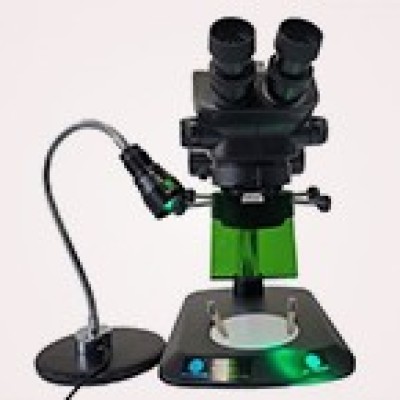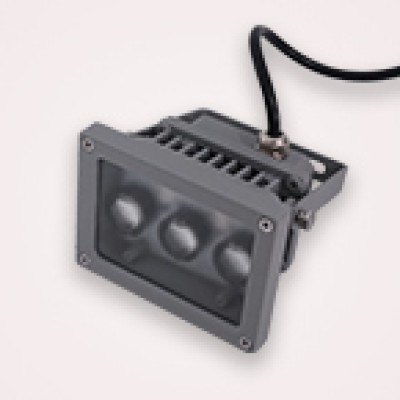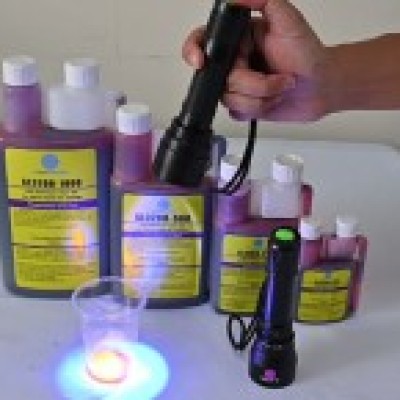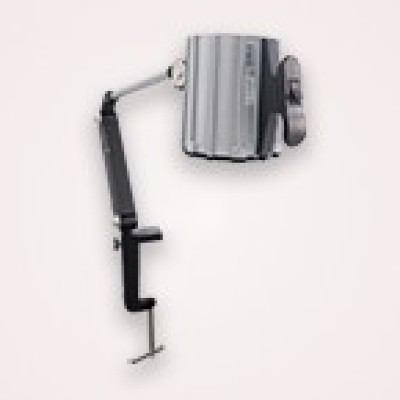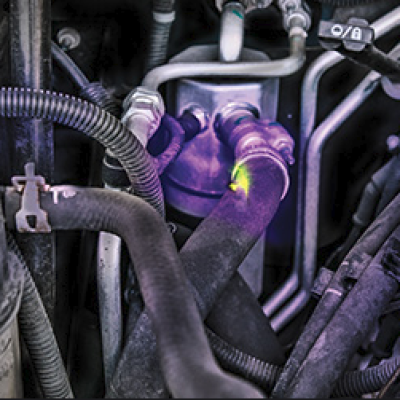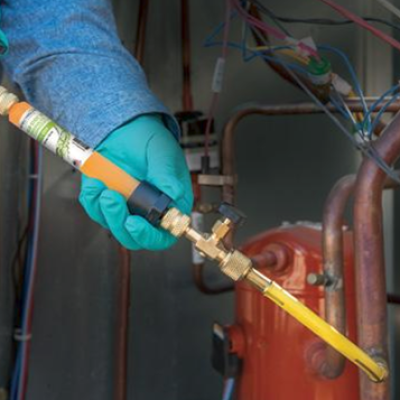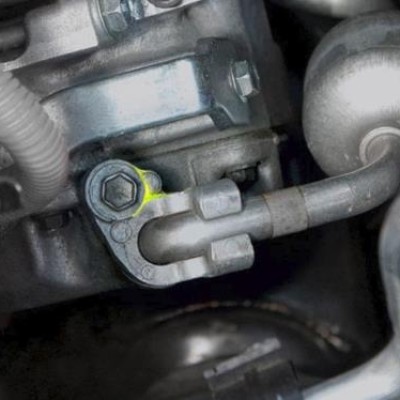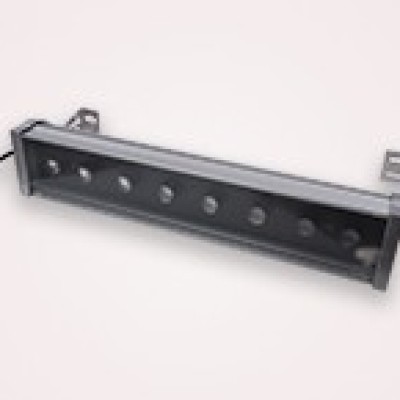Forensic light source is a vital requirement of any forensic lab or at a crime scene where with the help of these solution. Experts can detect the evidence that may not be generally visible to the eyes. Over the past years, Sunlonge developed a range of advanced forensic light sources that are specific to the lab and forensic inspection needs.
Generally, a forensic light source is composed of a powerful light consisting of ultraviolet and other wavelength light source. Then it improve the display of evidence with light interaction techniques such as absorption, fluorescence, and oblique lighting.
Detection of latent fingerprints
This is the most popular application for which forensic light source is used. The high performance light source enables in improving the detection of latent fingerprints. Fingerprints that are made of oil and sweat on the skin’s surface are known as latent fingerprints and are invisible to the naked eyes.

The forensic source uses fluorescent enhanced technique that compliments a light source greatly and therefore, increases the surface types from which latent fingerprints can be identified. Latent fingerprints over tough to detect surfaces such as paper products, concrete wall, heavily grained wood, etc, can be difficult to identify and collect.
The use of the forensic light source has been successfully implied for revealing such fingerprints. The wavelength of the forensic light source is required to be considered for processing the fingerprint evidence on different types of surfaces.
Body Fluids
Forensic light sources are also used for locating varied body fluids such as saliva, genital fluids, etc that are naturally fluorescent. The right forensic sources light delivers a unique method to identify them at a crime scene.
With the help of powerful forensic light source, the investigators are able to narrow down the area of evidence from where they can get such evidence and collect them. Experts do not have to cover a large area such as the entire mattress or a carpet to pinpoint the evidence.

The body fluids will glow under the illumination of forensic light source. However usually we preferred to select the light source with longer wavelength as they are able to eliminate the background interference and make the detection results more prominent.
Other than these, forensic light source is also used for detection of hair and fibers, bruises, gunshot residues, human bone fragments, shoe prints and other applications. Most crime investigators reply on high performance light sources that are of extreme importance to get better results in evidence identification at a crime scene or event.
 CN
CN

